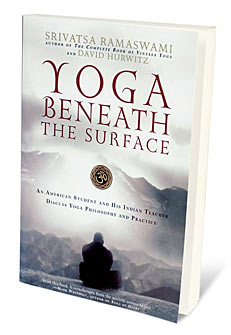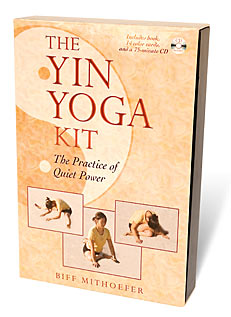Kessel, a long-time yoga practitioner, has been able to combine his wealth of financial experience (pun intended) with the mental discipline and spiritual insight of his yoga practice to come up with some pretty fascinating theories on our relationships to money. And, some helpful techniques for taming the financial beasts within.
In his talk–and in his book It’s Not About the Money: A Financial Game Plan for Staying Safe, Sane, and Calm in Any Economy–he outlined 8 major money archetypes as he sees them: the Guardian (worry/prudence), the Saver (hoarding/abundance), the Innocent (avoidance/hope), the Pleasure Seeker (hedonism/enjoyment), the Caregiver (enabling/empathy), the Idealist (distrust/vision), the Star (pretentiousness/leadership), and the Empire Builder (greed/innovation).
I was so fascinated that I took another workshop with him a few weeks after the conference. I found out (no surprise for a Frugaltopian) that I’m a Guardian and a Saver—also, to my surprise, an Idealist and a Pleasure Seeker.
Brent was gracious enough to agree to an interview with Frugaltopia. So, I’m happy to pass some of the super interesting insights outlined in his book “It’s Not About the Money” (Buy it! You won’t be sorry!) on to you, dear readers.
Interview with Brent Kessel
Frugaltopia: Do many people avoid looking frankly at their financial situation? If yes, do you know why?
Brent Kessel: Almost everybody avoids looking at some part of their situation. I call it their Money Mask. This is the part of us that hopes the world will see us a bit differently than we know ourselves to be. Most want to appear to have more income and assets than they do, primarily because in our culture, that’s synonymous with approval, success, praise. They are like a drug fix that allows us to avoid emptiness, restlessness, or sadness. However, because they’re ego-driven, they’re completely impermanent. So the only lasting solution becomes an addiction to more and more.
Frugaltopia: How did you come up with the idea of the 8 archetypes that best describe most people’s money issues?
Brent Kessel: Mostly just by observing the patterns that people get stuck in year after year, even if they sell a business or get a big inheritance. And these patterns are almost entirely based on past conditioning. It seemed an easy way to give us a common language for identifying our weaknesses and strengths, and to cultivate more balance.
Frugaltopia: Is there one archetype that seems to do better financially than others? Why is that, in your opinion?
Brent Kessel: It really depends how you define better. If it’s defined as increasing your net worth or financial security, it’s likely the Saver, or sometimes the Guardian. If it’s defined as voluntary simplicity, it’s probably the Idealist. If it’s using money to ease the most suffering in the world, then it’s the Caretaker.
"It's Not About the Money"
Frugaltopia: Frugaltopians–the 4 of us who run Frugaltopia–are most likely Savers or Guardians, according to your system. (I’m both!) Are there any downfalls to being frugal?
Brent Kessel: The biggest downfall is when we believe that we can obtain ultimate security from our frugality or savings. They are impermanent too. It’s imperative that we stay in touch with our mortality, with the preciousness of life and how quickly security can vanish. This elicits compassion, which is the best antidote to the extreme Guardian (who’s overly anxious about money and safety) and to the Saver (who never gives money away for fear that they might need it one day.)
Frugaltopia: If there’s one piece of financial advice you could give to everyone, no matter what their archetype, what would it be?
Brent Kessel: Look beneath the surface. Your financial life is not dictated by interest rates, investment returns, or budgets. 99% of it is dictated by the unconscious beliefs you have about money. Use my book, or the Cure for Money Madness to uncover the parts you’re not yet aware of.
Thank you, Brent! Learn more about Brent and his work at his web site www.brentkessel.com.





